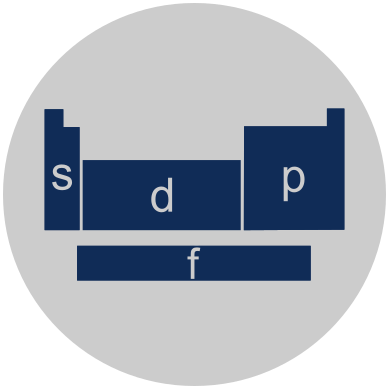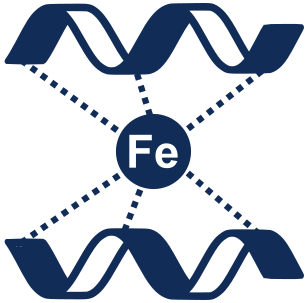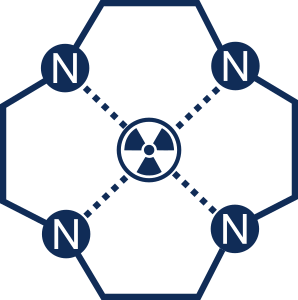Inorganic Chemistry Group

The Inorganic Chemistry Group at IChem investigates the structures, properties, and applications of inorganic compounds and materials, predominantly those containing transition-metal and lanthanide elements. Recent research efforts are aimed at creating novel complexes and materials that can be potentially used as catalysts, sensors, diagnostic agents, therapeutic (e.g. anticancer) agents, drug delivery systems, superconductors, as well as optical, magnetic, and energy conversion/storage devices.
Research Areas
Solid-state & Materials Chemistry

Inorganic materials research seeks to investigate the relationship between the composition, structure, and properties of different inorganic compounds. Material properties are highly dependent on material structure, which can be modified and controlled through manipulation of composition. Ongoing research seeks to find new materials, or modify existing compounds to enhance their properties, making them more suited for various applications.
Bioinorganic & Medicinal Chemistry

Cations play key roles in biology such as in enzyme co-factors, nerve signal propagation, and respiration. Non-endogenous cations also play key roles in disease diagnosis and therapy. For instance, small molecule paramagnetic chelates based on Fe(III) and Gd(III) are routinely used in Magnetic Resonance Imaging (MRI) to visualize blood flow in cardiovascular disease or to detect cancer lesions. Current research efforts at IChem are focused on preparing Gd(III) chelates conjugated to pH-responsive self-assembling peptides for use as a switchable MRI contrast agent.
Nanomaterials Chemistry

Nanomaterials research aims to enrich our understanding of the structures and properties that emerge when materials are synthesized at the nanoscale. The size, morphology, and composition of nanomaterials are important parameters that can be tuned to alter their properties to suit specific functions. At IChem, we are currently developing green and facile methodologies for the synthesis of functional inorganic nanomaterials with unique morphological designs. Examples include Au nanocorals, hierarchical Ag nanoassemblies, CuS nanosheets, and Au-Cu2O hybrid nanoflowers.
Coordination Chemistry

Coordination chemistry research involves the design and synthesis of new ligands, metal complexes, and metal-organic frameworks (MOFs) with a wide range of applications, which include catalysis, optics, magnetism, energy storage, and therapeutics. Structure elucidation is performed using infrared (IR) spectroscopy, mass spectrometry (MS), nuclear magnetic resonance (NMR) spectroscopy, and crystallography. Ongoing research includes the synthesis of new iron- and copper-based coordination compounds as anticancer agents. Research efforts are also devoted to the synthesis of MOFs as asymmetric catalysts and as proton conductors in fuel cells.
Nuclear Chemistry

Radioactive isotopes have a wide range of applications such as energy generation and radiopharmaceuticals. Ligands are designed to selectively sequester radioactive cations from complex mixtures of waste. Radioisotopes can also be used as labels for medical diagnostic protocols such as position emission tomography (PET) and single photon emission computed tomography.

